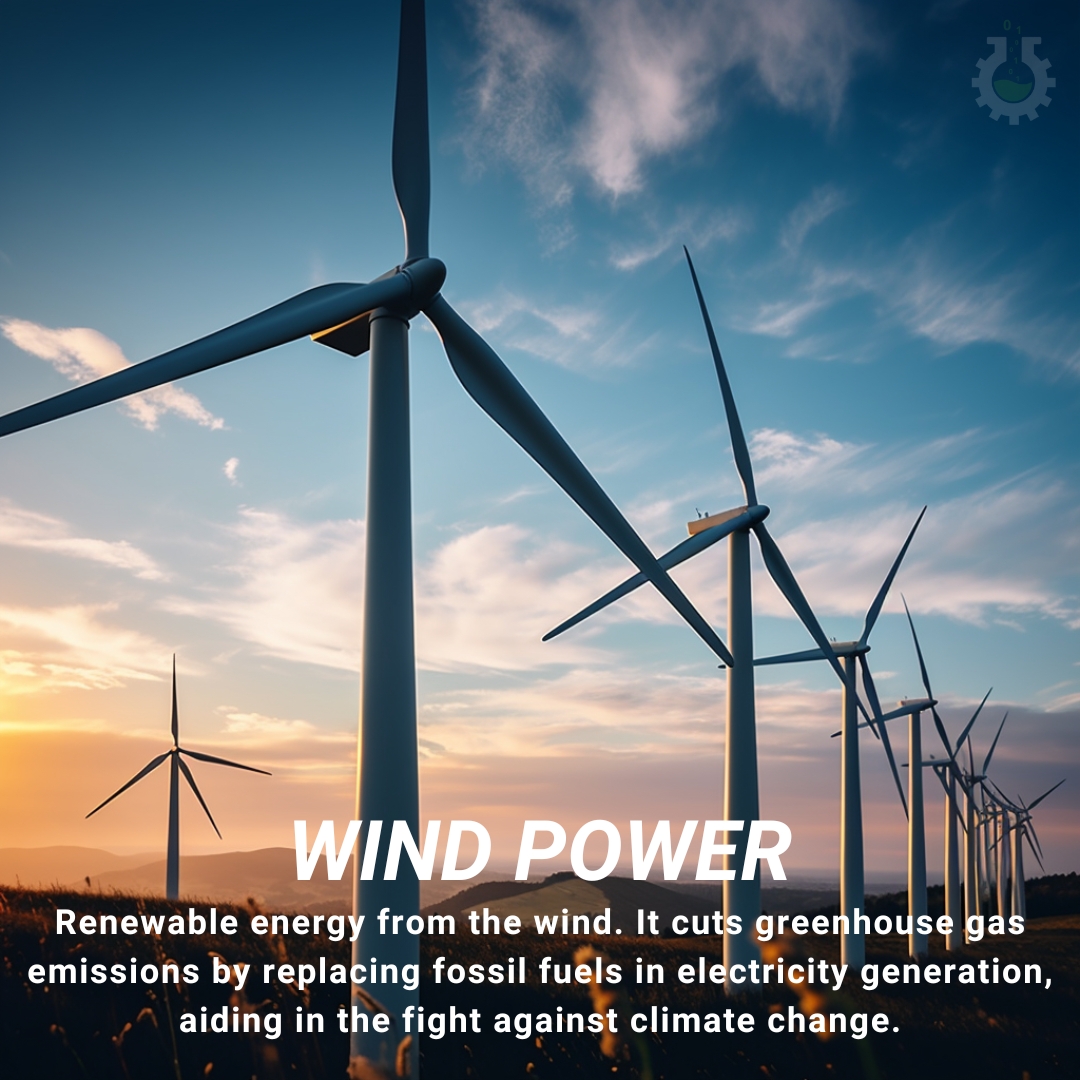September 26, 2023
Climate Change Poster Collection of the Day – Wind Power
Book a Demo
Today’s Climate Change Poster Collection focuses on harnessing the power of the wind for electricity. An age-old concept that has found renewed vigor in our pursuit of sustainable and clean energy sources. The wind, a phenomenon caused by the uneven heating of the atmosphere by the sun and variations in the earth’s surface, is leveraged for various purposes including sailing, flying kites, and more importantly, generating electricity.
The process of generating electricity from wind power is achieved through wind turbines. These turbines, which come in two types – horizontal-axis and vertical-axis machines, convert the kinetic energy in the wind into mechanical power. This mechanical power is then used for generating electricity that supplies power to our homes and businesses. As of 2019, wind power contributed to around 1.7% of global electricity consumption, and this usage is on the rise.
Wind power stands out as a sustainable energy option. Unlike thermal power plants, wind power generation does not consume water. This implies that while thermal power plants deplete a precious resource, wind power generation remains a more sustainable option that can continually harness the power of the wind to generate electricity.
As a renewable source of energy, wind power is a viable alternative to burning fossil fuels. Fossil fuels contribute significantly to greenhouse gas emissions, a leading cause of global warming and climate change. On the other hand, wind power offers plentiful, clean energy with no greenhouse gas emissions during operation. This makes it an environmentally friendly option that can aid in mitigating the adverse effects of climate change.
However, it is worth noting that while wind power is a renewable source of energy, the construction and operation of its facilities can have adverse environmental impacts. These include bird fatalities and habitat disruption, issues that must be carefully managed to ensure the sustainable operation of wind power facilities.
Despite these challenges, wind power capacity and generation have grown rapidly in recent years, demonstrating the world’s commitment to embrace this renewable source of energy. Commercial-scale wind farms are now operating in more than 24 countries, signifying that wind power has become a global effort to make our world cleaner and more sustainable.
The future of wind power looks promising as we continue to invest in technologies that are not just good for us, but also for our planet. As we strive towards a sustainable future, wind power is undoubtedly a meaningful part of the solution.
Discover an inspiring collection of climate change posters.



